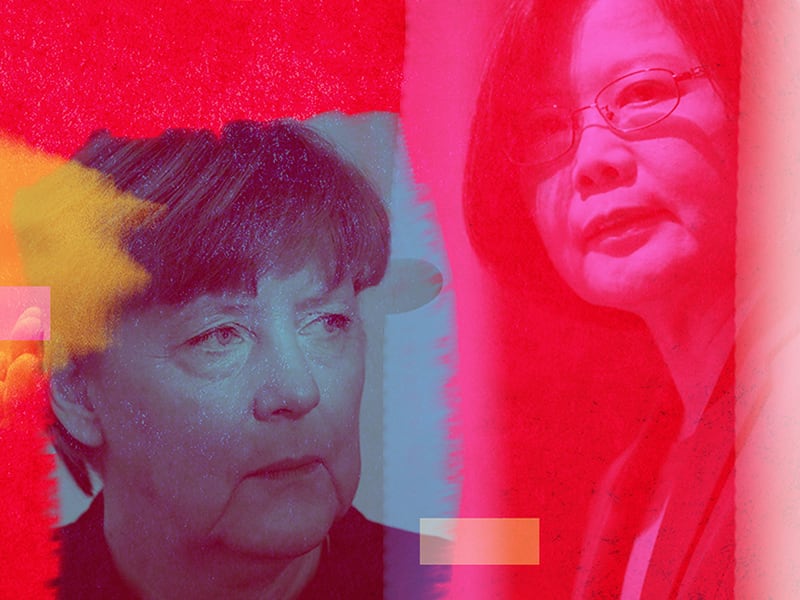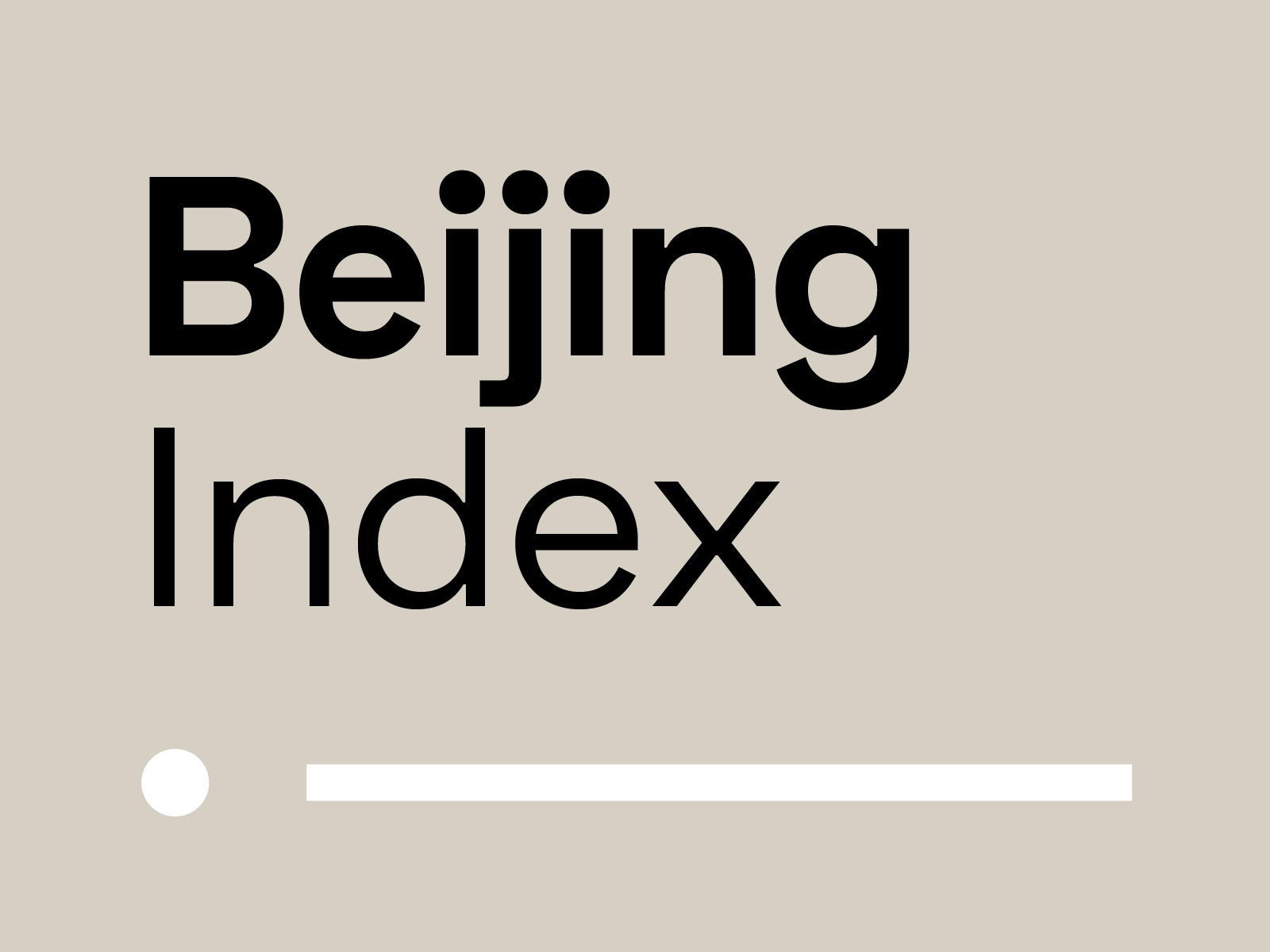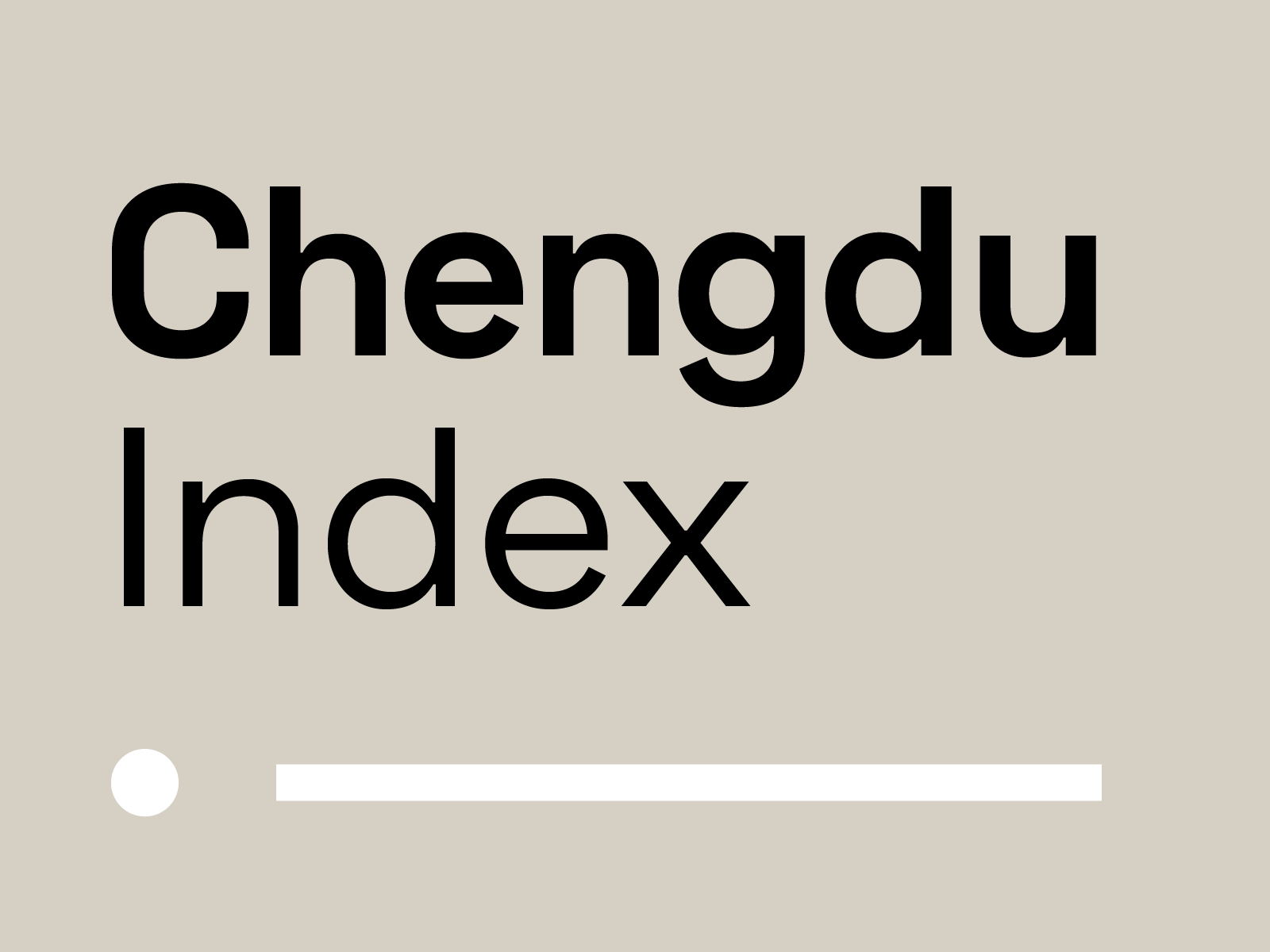
Snapshots from the Belt & Road Initiative
The numbers behind China’s sprawling infrastructure development project.
July 28 2021
The Belt and Road Initiative (BRI, or B&R) was introduced by Chinese Communist Party leader Xi Jinping at a conference in Kazakhstan in 2013. Formerly known as “One Belt, One Road”, the BRI is a multi-trillion dollar infrastructure development project that will connect China with more than 150 countries, via railroad lines, shipping routes, energy pipelines, and internet gateways, with municipal investments in airports, roadways, tunnels, bridges, and more. Linking Asia, Europe, the Middle East, and Africa, the BRI is China’s foreign policy centerpiece, as it pursues land and maritime networks to increase trade efficiency and economic growth.
Slated to be completed in 2049 to coincide with The People’s Republic of China centennial, the BRI is viewed as the cornerstone of the Chinese Communist Party and its constitution. Currently, the BRI has officially “five goals”: policy coordination, facilities connectivity, unimpeded trade, financial integration, and people-to-people bonds. The Chinese government calls the Initiative “a bid to enhance regional connectivity and embrace a brighter future”, according to Beijing’s government website.
Building on the architecture and principles of the original Silk Road that profoundly progressed China’s development during its Han Dynasty rule, Xi’s Initiative is poised to shape new and existing trade routes that will have vast influence on global economic, cultural, and political systems. The Western media generally disregarded the Initiative at its inception and only recently has begun to underline its significance and consequence for the world, as China has quickly built international transport routes, cultural exchange programs, pipeline infrastructure, high-speed internet systems, and more.
However, much of the criticism is centered on the climate change ramification and the enormous debt-trap diplomacy tactics that China has structured with participating governments. And as the Initiative grows, so do expectations. The promise of investment returns, streamlined trade routes, cultural synergy, and a ‘brighter future’ are beginning to fall under tighter international scrutiny as many projects become derailed. Malaysia, Pakistan, Kyrgyzstan, and others have begun to downsize or postpone their involvement, as debt mounts. Below are snapshots that break down some of the BRI’s core statistics.
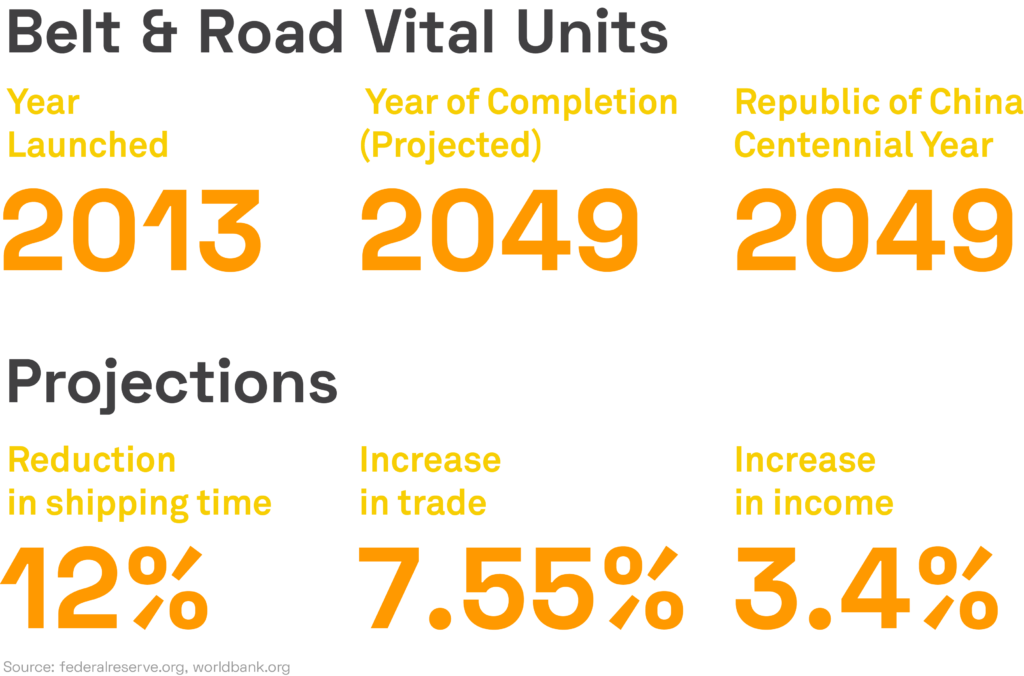
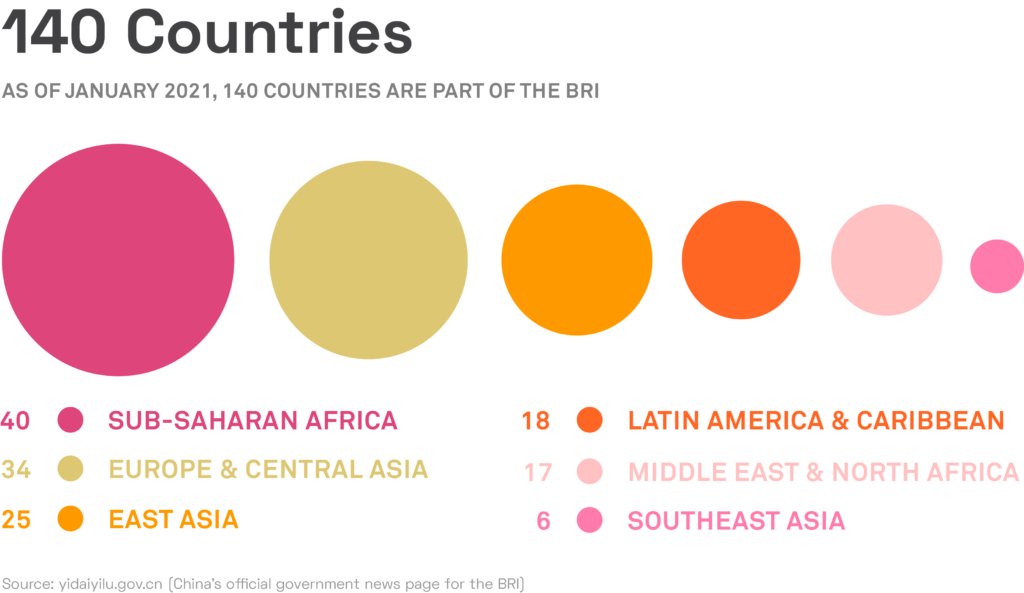



Sources:
https://www.worldbank.org/en/topic/regional-integration/brief/belt-and-road-initiative
https://www.federalreserve.gov/econres/ifdp/how-much-will-the-belt-and-road-initiative-reduce-trade-costs.htm
https://www.cnbc.com/2018/03/05/chinas-belt-and-road-initiative-raises-debt-risks-in-8-nations.html
https://www.nytimes.com/2017/05/13/business/china-railway-one-belt-one-road-1-trillion-plan.html
https://www.csis.org/analysis/how-big-chinas-belt-and-road
https://www.forbes.com/sites/earlcarr/2020/06/20/is-china-threatening-americas-dominance-in-the-digital-space/
